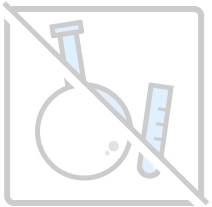Preparation is key to success in Western blotting
The preparation of your samples is the first step in Western blotting. It is important to prepare the starting material properly to obtain a successful Western blot. Before sample preparation, you must acquire knowledge about the protein source, protein location, expression levels, controls, hydrophobicity of protein target, and more.
Whether you are working with cultured cell lines or tissue samples, sample preparation is often a process of trial and error in which you, through troubleshooting, need to choose the right lysis buffers, enzyme inhibitors, and appropriate stoichiometry. Some samples may even require mechanical disruption. Let us help you facilitate this process through state-of-the-art products and scientific experience.

